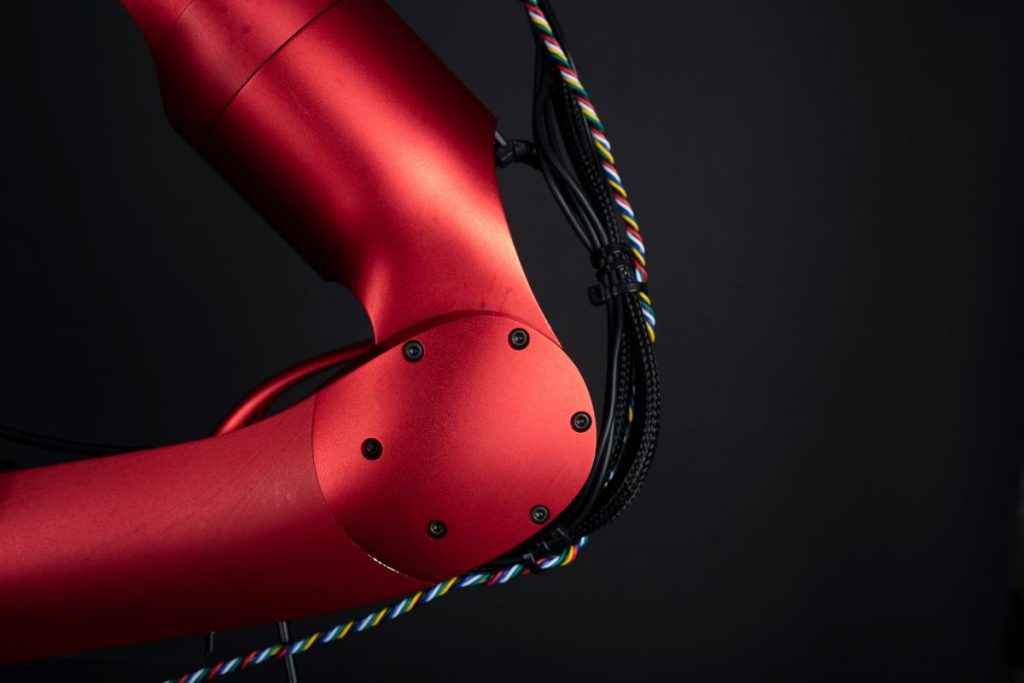Kardex’s latest deployment is more than just an innovation—it’s a signal of where warehouse automation is heading.
The Next Leap in Warehouse Robotics
Warehouse automation has long been evolving, but the integration of AI-powered robotics with systems like AutoStore is taking efficiency and precision to new heights. Kardex’s latest deployment at Berkshire Grey’s facility is a case in point: a fully operational robotic piece-picking solution, not a concept or prototype, but a live system that is transforming how goods move through a warehouse.
What makes this advancement so compelling isn’t just the use of AI in picking—it’s the speed and intelligence behind it. Traditional robotic picking systems have been limited by the complexity of grasping diverse items accurately at high speed. The Kardex system, powered by Berkshire Grey robotics and integrated seamlessly with AutoStore, picks items directly from bins with precision and places them efficiently—without the errors or downtime seen in legacy systems.
Why AI-Powered Picking Is the Future
The broader implications of AI-driven robotic picking go beyond individual deployments. As demand for faster fulfillment grows, warehouses need more than just automation; they need intelligent automation. AI-powered systems don’t just execute tasks—they learn, adapt, and optimize, enabling businesses to process orders with greater accuracy and speed than ever before.
Kardex’s integration of AutoStore robotic picking is also notable for its rapid deployment timeline. New AutoStore systems can be up and running in as little as six months, while existing systems can be retrofitted quickly. Speed to deployment is a crucial factor for businesses balancing automation ambitions with operational continuity.
A Glimpse at What’s Next
Kardex’s deployment is a proof point for where warehouse automation is heading. AI-driven picking is redefining supply chain operations, enabling faster, more accurate fulfillment while reducing dependency on manual processes. Businesses waiting on the sidelines risk falling behind as competitors integrate AI to cut fulfillment times, reduce errors, and scale operations with fewer constraints. The priority now is integrating AI-powered robotics into workflows in a way that delivers measurable improvements without disrupting operations.








